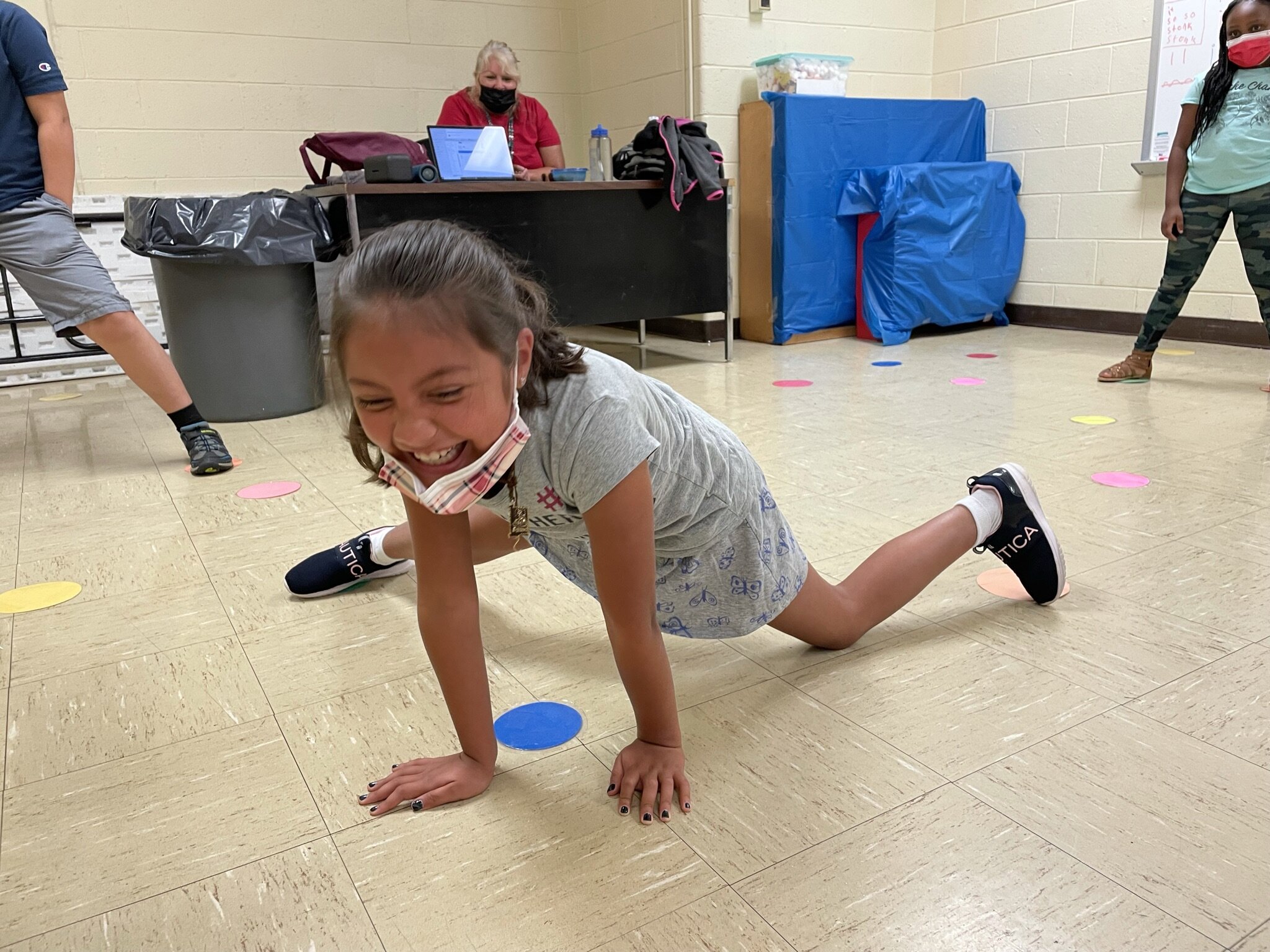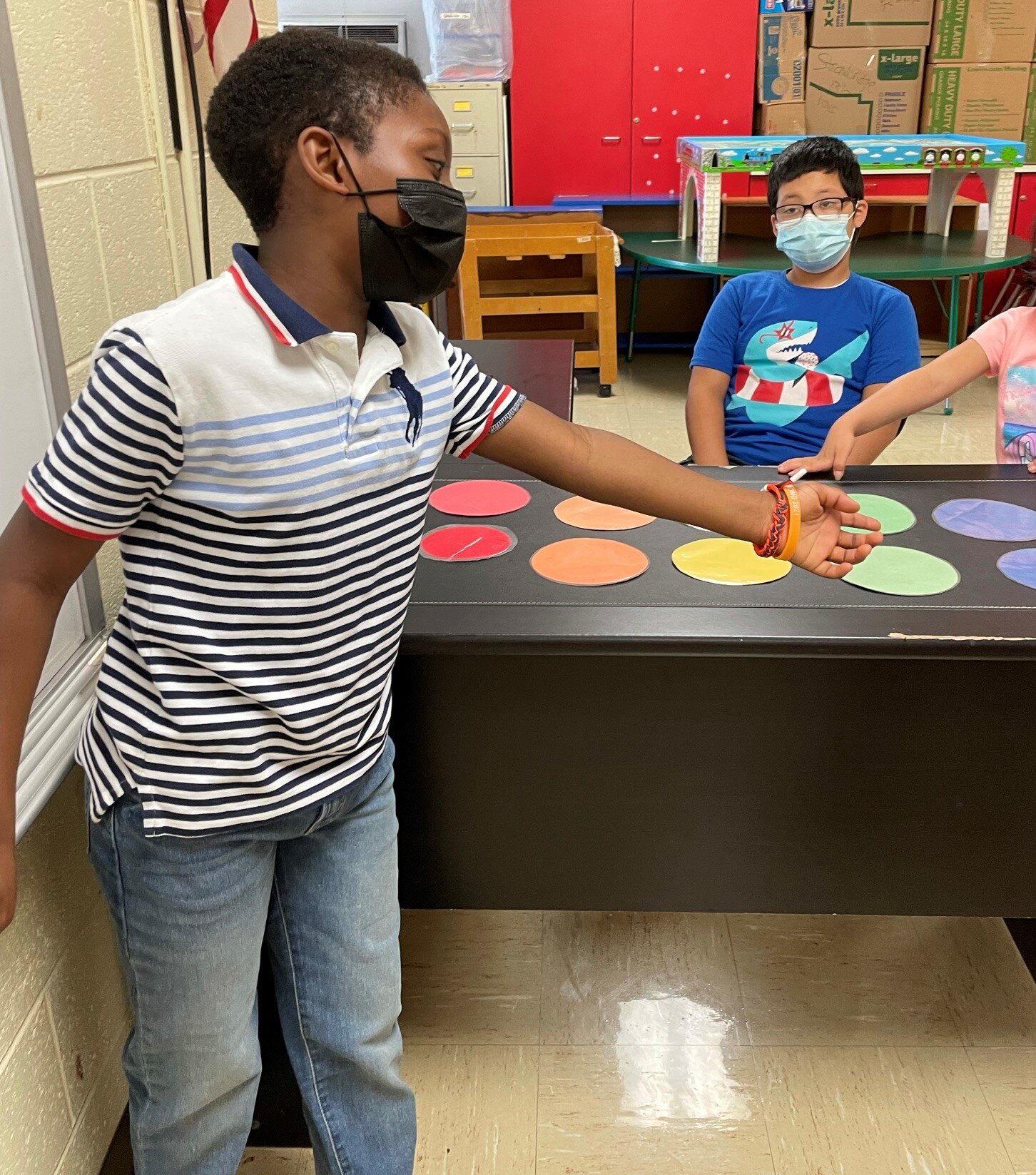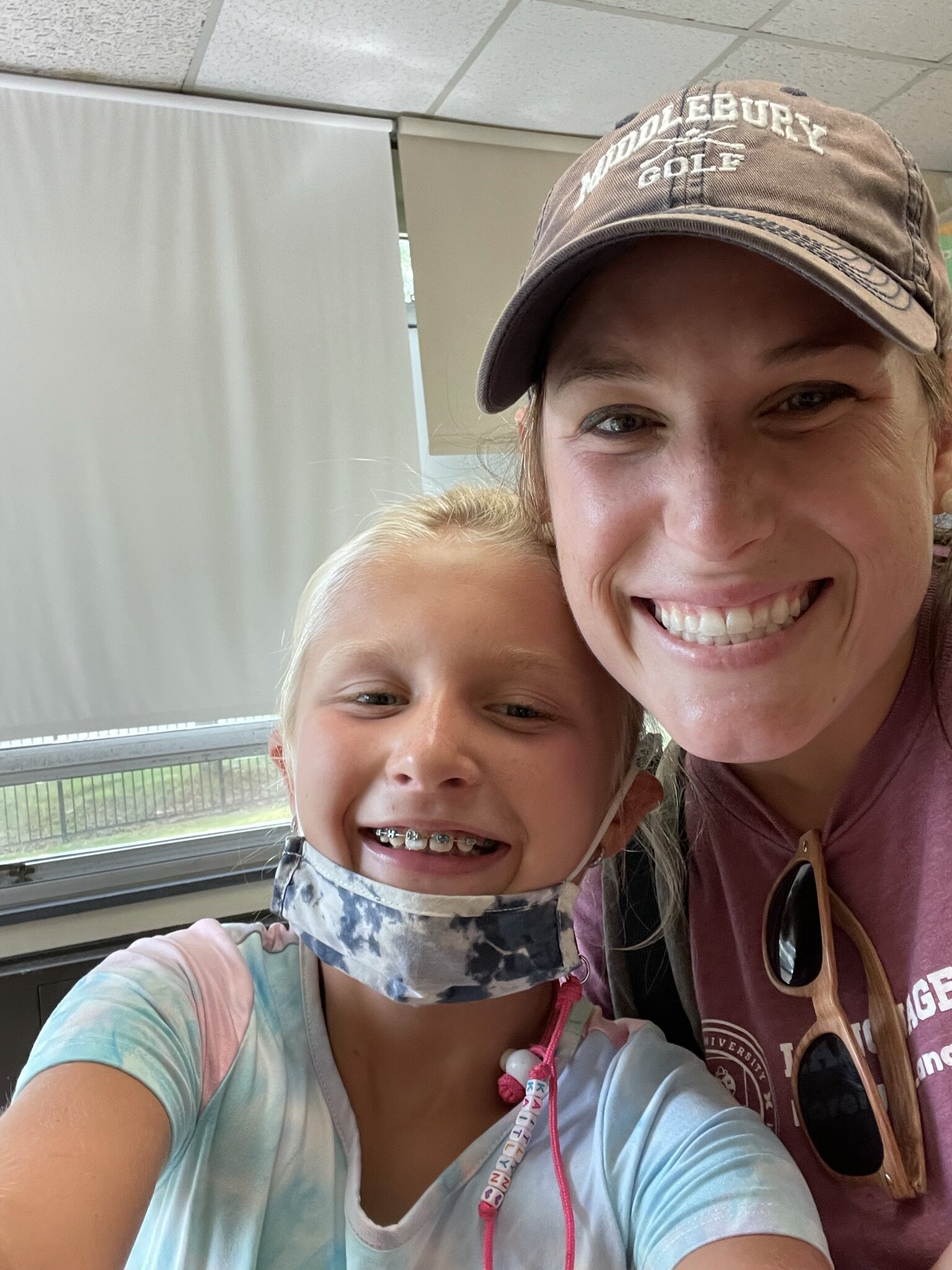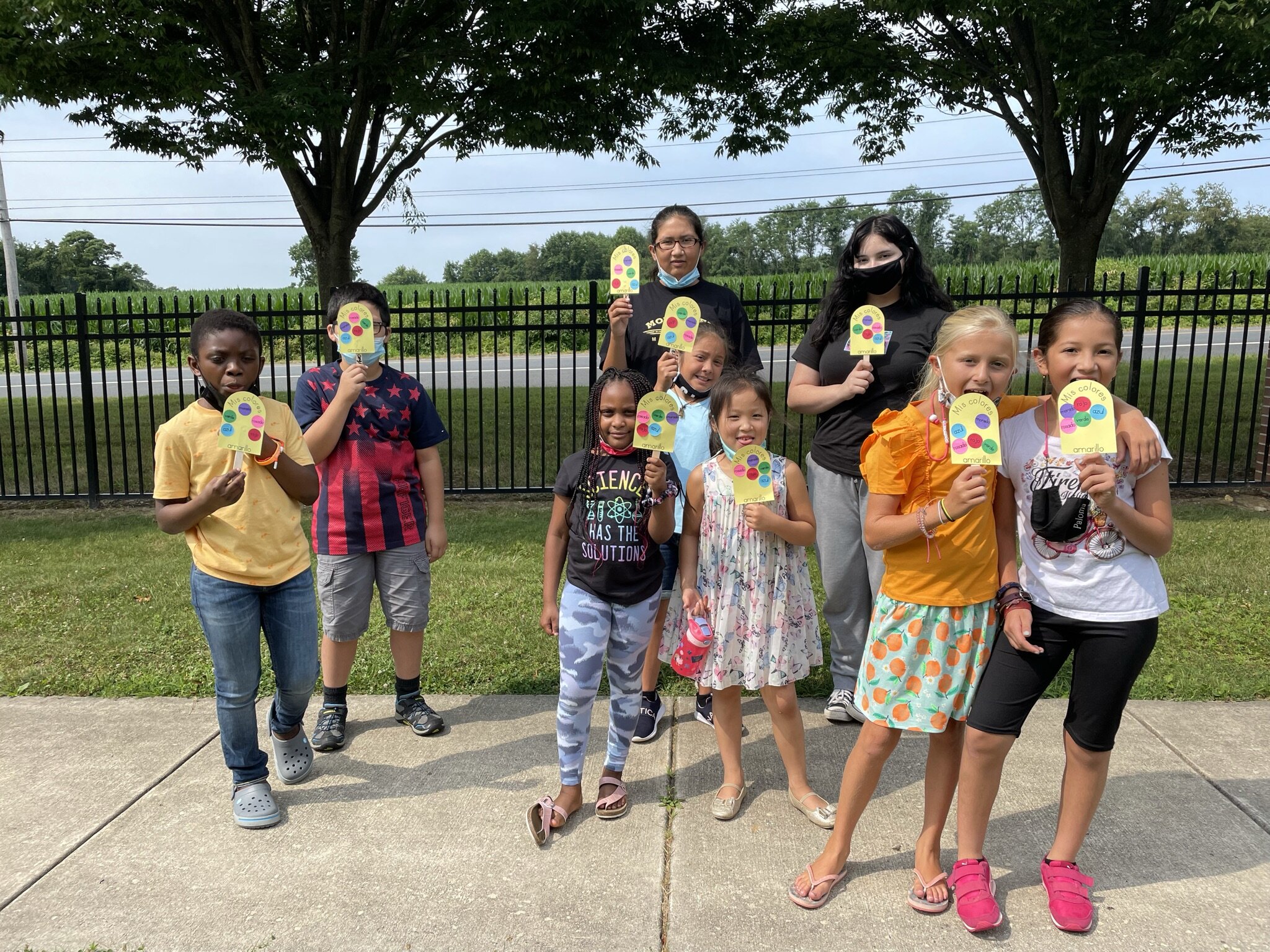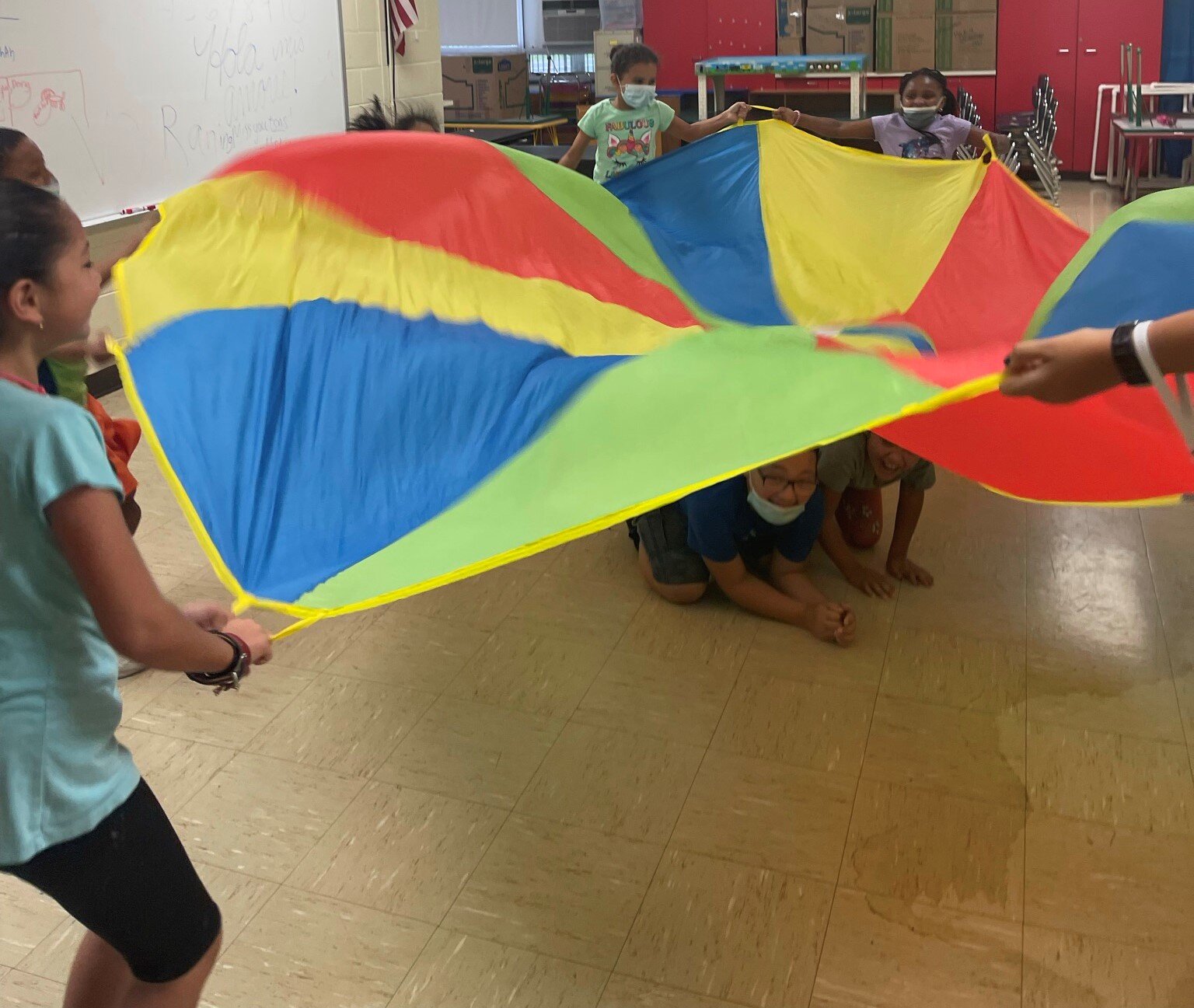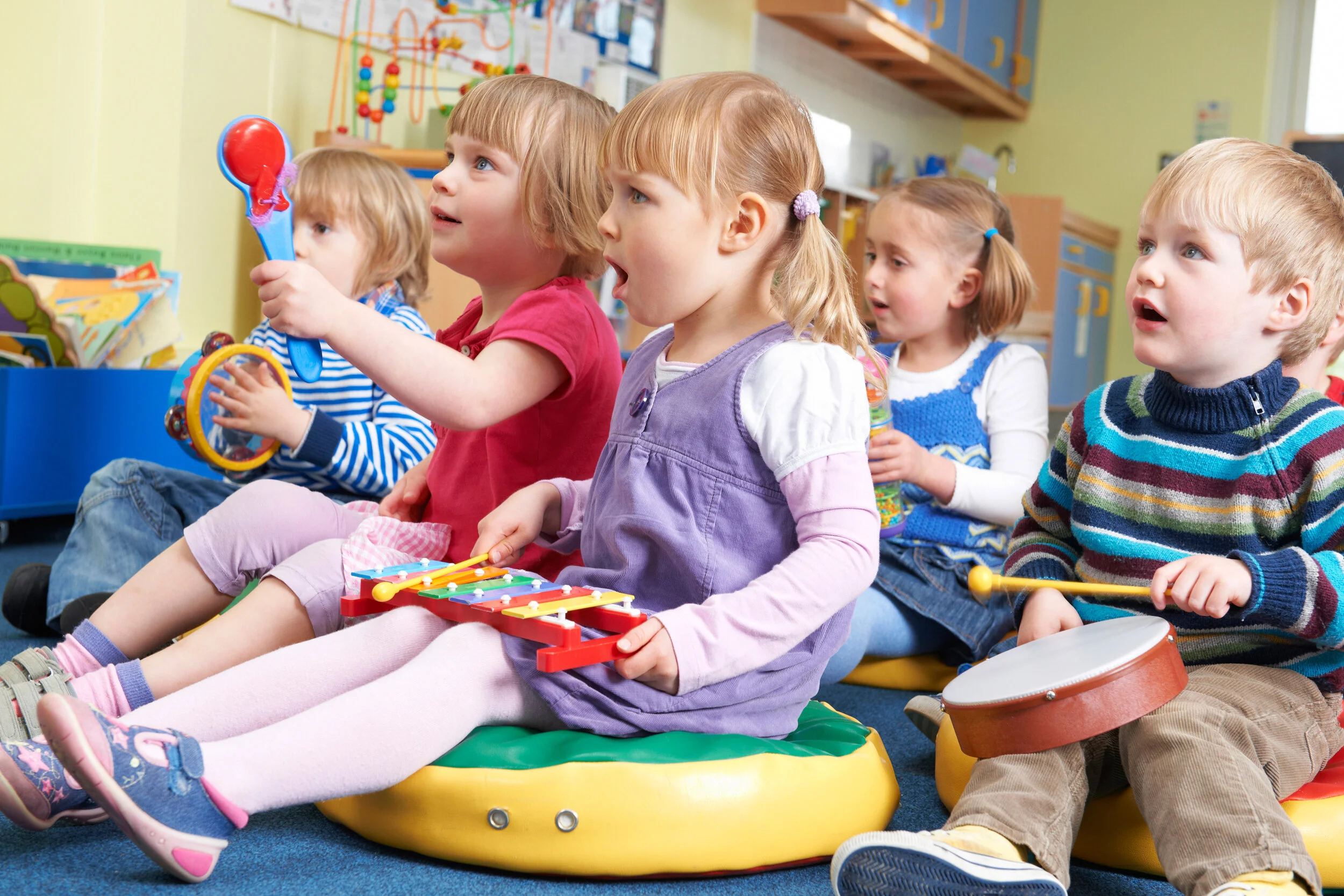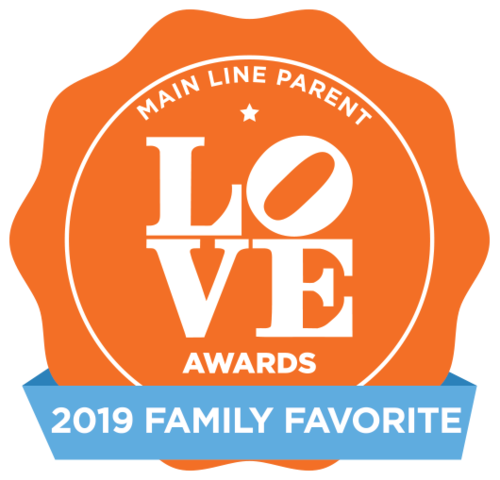3 No-Prep Games to Play Outside!
/You hear it all of the time -- “Can we go outside?” Even in the dead of winter. There is something to be said for kids that want to go outside in 30 degree weather. But there is something extra special when the kids can enjoy some sunshine with you. According to a study by The American Institutes of Research, students who have a regular outdoor education routine receive significantly higher ratings for self-esteem, conflict resolution, relationship with peers, problem solving, motivation to learn and exemplifies positive behaviors in class than children who weren’t able to routinely go outside. This means our children can be more calm, more confident and more successful working with their peers and in the classroom if they are given the opportunity to regularly learn outdoors. So let’s share some games I love to play that take no planning or set up.
1. “In the Pond”
In my “Day at the Pond” unit, I introduce 4 pond animals (fish, duck, turtle and frog). With or without visuals, introduce the four animals and have the students act like them over and over again until they are familiar with the animal names. Then, I have all students line up against a wall or a sidewalk edge, etc. Then I move to the opposite far side of the playground, etc. The goal is to have students reach the opposite far side too, but they have to make it through the pond without getting caught. On your order, the kids become the animals you call out, but when you call out “turtle,” the kids stop where they are and curl themselves into “turtle shells” on the ground (back up, head and limbs tucked in). You can go around and knock on their backs or give them a little tickle to see if they are really turtles or rocks, etc. (they really like this). And then have the kids stay in their spots and become the next animal that you call out until everyone reaches the opposite side from where they started.
2. “Farm Animal Freeze Tag
In my “At the Rancho” unit, I introduce four animals (cow, horse, sheep and pig). With or without visuals, introduce the four animals and have the students act like them over and over again until they are familiar with the animal names. To begin the game, have the kids act like the animal you call out. When you say, “freeze” the kids must stop in their spots and you count, “one, two, three” and move towards a student. If you tag them, that is a strike against them or they can join “the dark side” with you (which means they act like a normal animal, but they have an opportunity to tag once you say, “stop”). Set a timer to see how many students are left by the end, or see who can make it as the final untagged animal.
3. “Follow the Leader”
In our “Adventures in the Backyard” unit, I introduce lots of bugs and animals that you would find locally. To play “Follow the Leader” you can take any vocabulary you’d like and include it in the game. If you would like to add a competitive edge, you can call people out if they can’t keep up with the group or if they didn’t do the right thing. To begin, you are the leader and students follow you in a line around an open space. All the kids must follow everything you do. You can also give students an opportunity to be the leader. When you move to the back of the line, the student that was behind you now becomes the leader. Then that student can move to the back of the line until all students gave an action for everyone to do.











